In construction, manufacturing, and warehousing, material handling plays a pivotal role in managing the movement, storage, control, and protection of materials. The tools and systems used in this process are known as material handling equipment—ranging from basic manual tools to sophisticated automated systems.
Whether it’s manual material handling equipment like carts and jacks, or automated material handling systems like robotic conveyors and smart hoists, the goal remains the same: to improve efficiency in material movement, reduce labor, and increase safety with proper lifting tools.
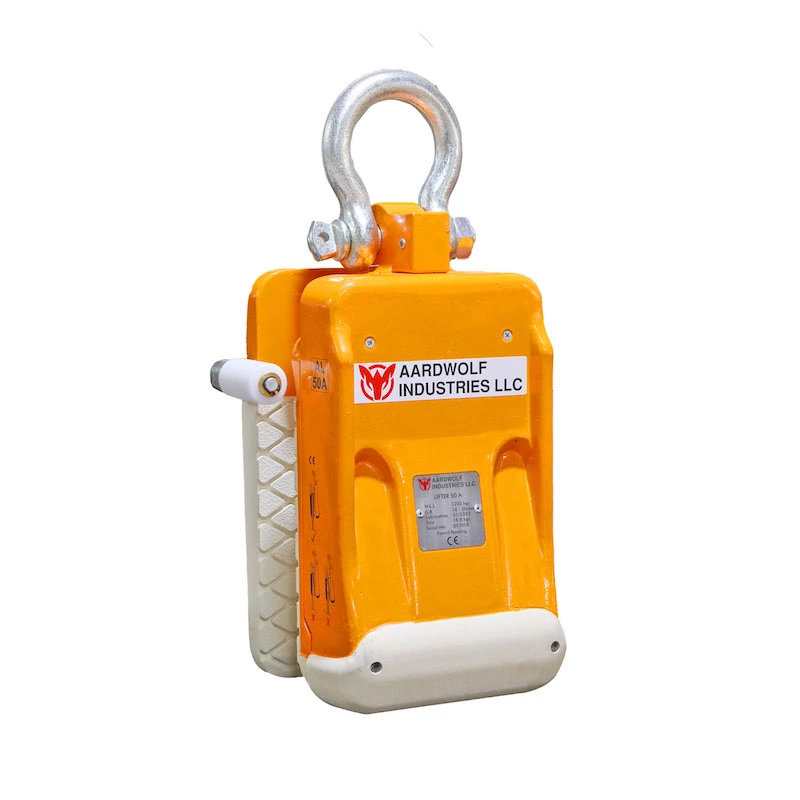
If you’re unfamiliar with material handling fundamentals, start with this overview:
👉 What Is Material Handling?
Table of Contents
ToggleTypes of Material Handling Equipment
Material handling equipment falls into four main categories:
1. Manual Material Handling Equipment
This includes hand-operated tools that don’t rely on power:
- Pallet jacks
- Dollies
- Hand trucks
- Wheelbarrows
These are ideal for small jobs or tight spaces, such as on-site material handling tools for small construction sites.
2. Automated Material Handling Systems
These systems involve robotics, software, and machinery working in sync. Examples include:
- Automated Storage and Retrieval Systems (AS/RS)
- Robotic conveyors
- AGVs (Automated Guided Vehicles)
Automated systems are becoming key to warehouse material handling solutions due to their ability to reduce human error and boost speed.
3. Storage and Retrieval Systems
This category includes:
- Pallet racking systems
- Shelving units
- Vertical lift modules
- Bin storage systems
They optimize space utilization and streamline material access.
4. Material Lifting Equipment for Construction
This includes all tools and machinery used to raise or lower heavy loads:
- Electric hoists and cranes
- Forklifts and pallet jacks
- Lifting and rigging equipment
- Vacuum Lifters
👉 Explore Vacuum Lifters - Aardwolf Slab Lifters
👉 View Aardwolf Slab Lifters
Key Equipment for Material Handling
✅ Forklifts and Pallet Jacks
Common across job sites and warehouses, forklifts lift and move palletized goods. Pallet jacks are a lighter-duty version ideal for smaller loads or indoor use.
✅ Electric Hoists and Cranes
Used for vertical lifting of heavy items, electric hoists and cranes reduce strain on workers and improve lift precision.
Try this solution:
👉 Aardwolf Jib Cranes
✅ Conveyor Belts for Material Transport
Essential for moving large volumes of materials over fixed paths, conveyors are used in:
- Aggregate handling
- Packaging areas
- Warehouse sorting lines
They are core components of automated material handling systems.
✅ Vacuum Lifters
Perfect for delicate or polished surfaces like glass, granite, or sheet metal. They enhance safety and minimize damage.
👉 Vacuum Lifters Product Page
✅ Lifting and Rigging Equipment
These tools are critical for tools for moving heavy materials, and include:
- Shackles
- Slings
- Chain hoists
- Beam clamps
They form the core of heavy-duty rigging operations.
Applications: Where Material Handling Equipment Is Used
Material handling equipment is crucial in many scenarios:
🏗️ Construction Sites
- Use material lifting equipment for construction to move bricks, steel, or slabs
- Apply equipment for transporting materials on job sites like carts and jacks
- Rely on cost-effective material handling solutions for small crews
🏢 Warehouses
- Maximize space with storage and retrieval systems
- Automate pick-and-place tasks with robotic conveyors
- Move inventory efficiently using forklifts
🛠️ Manufacturing Plants
- Integrate hoists for part movement between stations
- Use vacuum lifters to protect sensitive products
- Apply conveyors for assembly line productivity
Benefits of Using the Right Material Handling Equipment
✅ Reduce Labor With Handling Equipment
Manual transport is time-consuming and labor-intensive. Mechanical aids speed up movement and reduce worker fatigue.
✅ Increase Safety With Proper Lifting Tools
Improper lifting leads to strain injuries and accidents. Tools like jib cranes, pallet jacks, and slab lifters reduce these risks dramatically.
✅ Improve Efficiency in Material Movement
Automation, planning, and smart equipment placement shorten material movement paths and save time.
✅ Cost-Effective Material Handling Solutions
Many tools—especially manual ones—require little to no maintenance and can be deployed on a budget. They’re particularly useful for small construction projects.
How to Choose the Best Material Handling Equipment
Choosing the right equipment depends on:
- Type of material (weight, fragility, size)
- Distance and elevation to be moved
- Space constraints
- Project scale and budget
For deeper guidance, explore:
👉 Material handling Equipment
👉 Material-handling Equipment
Maintenance and Safety Considerations
- Perform regular inspections of equipment
- Train staff in correct operating procedures
- Keep tools clean and stored in designated areas
- Replace worn parts promptly
- Follow OSHA or regional safety guidelines
Future Trends in Material Handling
Modern advances are reshaping how materials are moved and stored:
- IoT integration for real-time tracking
- AI-driven warehouse automation
- Remote-operated lifting systems
- Eco-friendly lifting alternatives
Adopting the right technology now ensures better scalability and sustainability.
Conclusion
Understanding what is material handling equipment is critical for any business dealing with physical goods. Whether you’re in construction, warehousing, or manufacturing, selecting the right combination of manual and automated tools can drastically reduce labor, increase safety, and boost productivity.
Explore industry-proven tools like:
✅ Aardwolf Slab Lifters
✅ Vacuum Lifters
✅ Jib Cranes
With the right material handling strategy, your operations will not only be more efficient but also safer and more cost-effective.

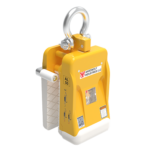
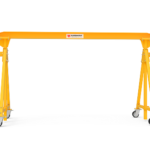
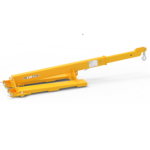
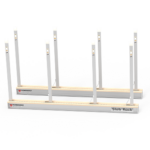
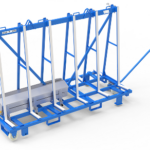
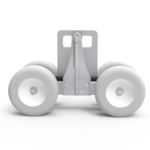
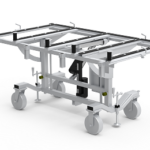
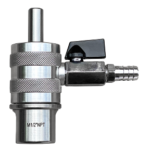
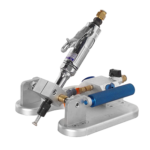
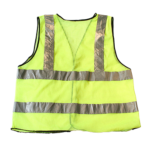
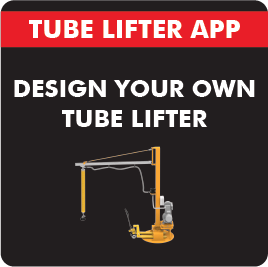
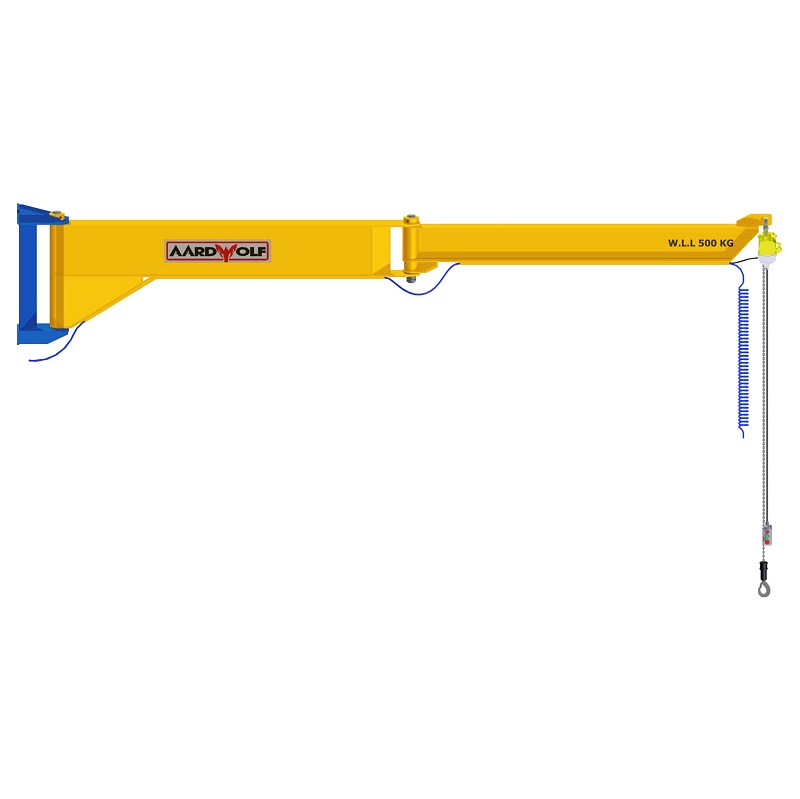
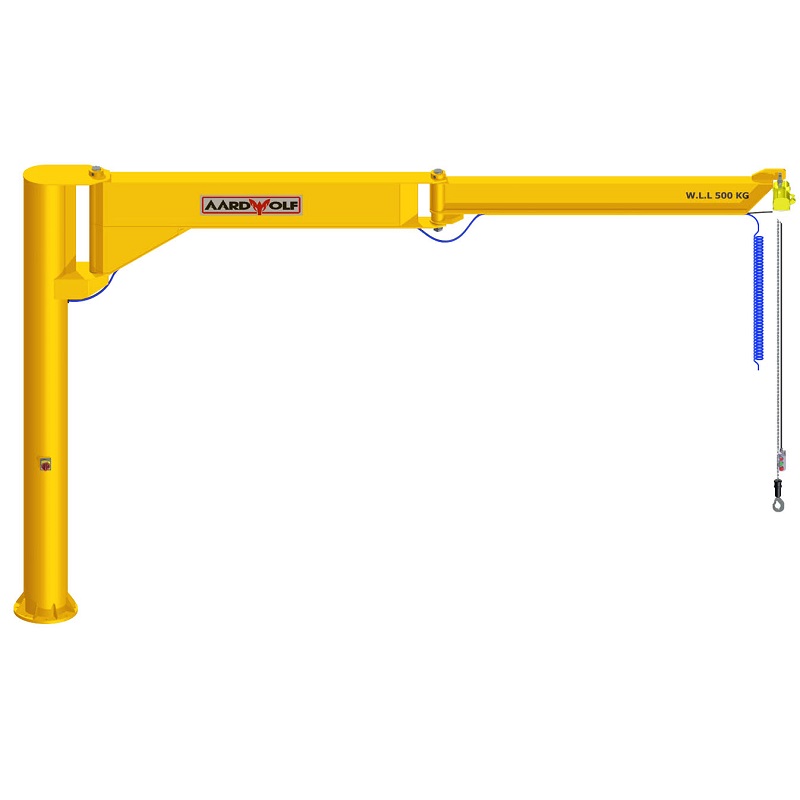
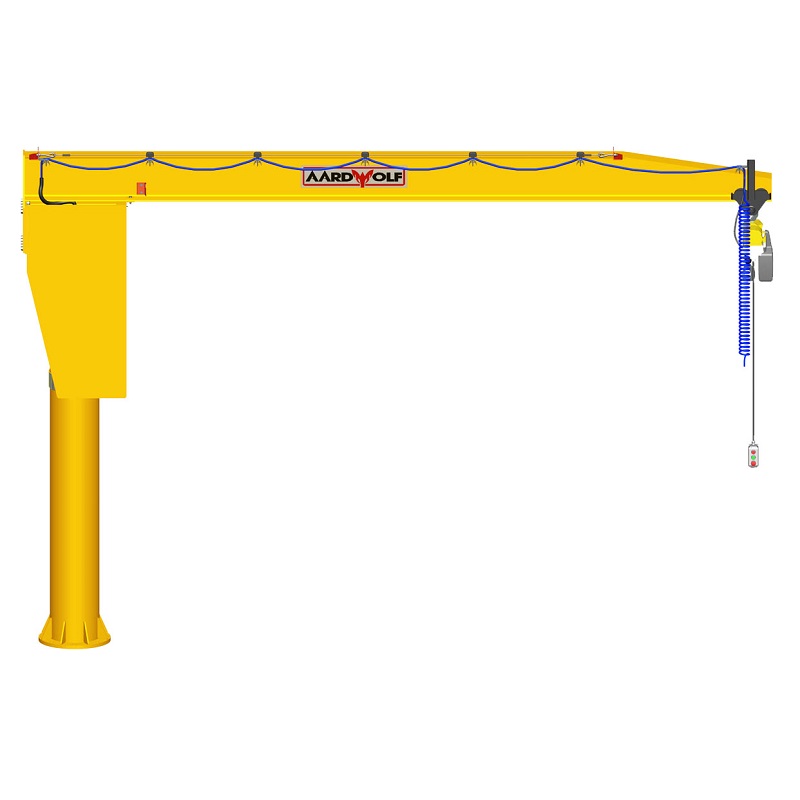

Please log in to leave a comment.